SWAN of the Week, Number 160
Subscribe to these weekly emails here
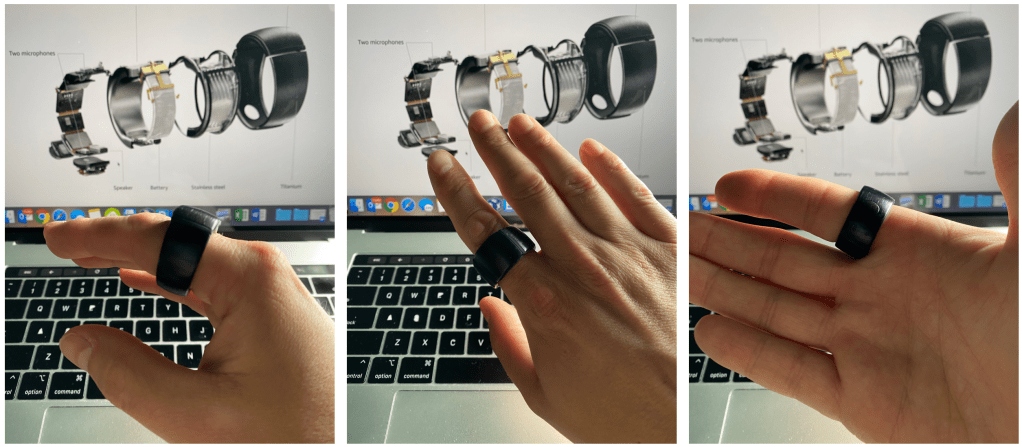
Do you remember when there was a general skepticism toward smart watches and their widespread adoption? Humans tend to think either widely visionary (i.e. flying cars) or extremely small (i.e. “I see no value; so others won’t”) when it comes to emerging technology.
Despite the early skepticism, today the global smartwatch market is valued at more than $20 billion (headed to almost $100 billion by 2027).
This week I’ve been testing the new Amazon Echo Loop smart ring. And it’s not a must-buy, but it is certainly a compelling look into the future of wearable technology.
Will we all wear smart rings in the coming decade? No.
Will smart rings become more commonplace– similar to the adoption of smart watches? Probably.
Echo Loop is a step. Read why…
“We always overestimate the change that will occur in the next two years and underestimate the change that will occur in the next ten.”
-Bill Gates
If you study micro-innovations within a macro-trend, you can spot directional leaps that will inform broader consumer adoption and thus, behavior.
In this case, it’s hard to just talk about a ring I’ve been wearing for a week without begging the broader question — will we all be wearing internet- and A.I.-enabled smart rings in the future? Well, that depends on your definition of the scope of “the future.” But after spending some time with the Echo Loop, I predict it’s likely.
Ever since wearing a Ring gesture control prototype at CES in 2015 I’ve been extremely curious in the future of smart jewelry and possibilities of merging the capabilities of communication into our fingers.
Here’s my demo video of Ring at CES, where you can see a gigantic ring controlling audio volume through gestures. It was clunky (I did it incorrectly at first) and not the most utilitarian. And what a bold name! Ring!
Today there are multiple smart rings on the market, including McLear (that lets you do payments), NFC Opn (which has NFC built in), ORII (which has voice), Go2sleep (which tracks sleep), and Oura (which we’ll talk about further down).
Now Amazon has released a limited amount of Echo Loop smart rings into the world to help explore what a more modern approach to finger-mounted devices could be.
And this product isn’t some shitty Kickstarter fake product from a start-up that will never live up to expectations. It’s from Amazon, the largest Internet company by revenue in the world, the second largest private employer in the United States, and one of the world’s most valuable companies.
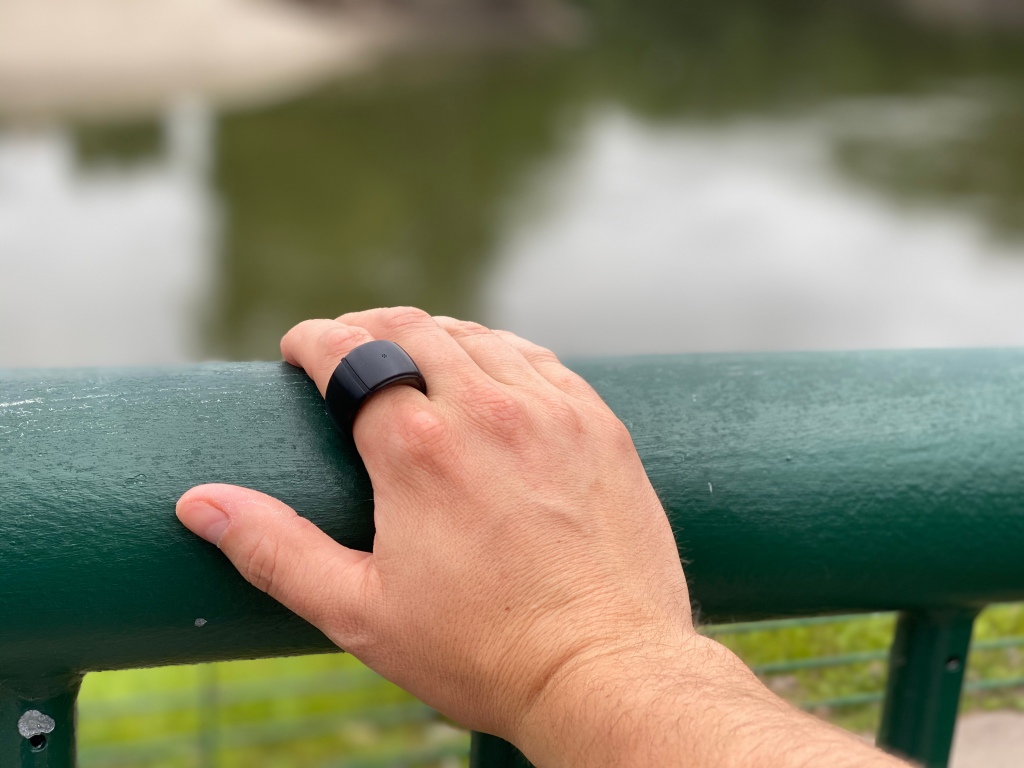
It’s a quality product with great design. And it’s clear when you hold the Echo Loop in your hand that the technology to fit two microphones, a speaker, battery, antenna and haptic device (vibration!) into a low-profile ring has come very far in the last five years.
Echo Loop not only has all of that tech, it’s wrapped in brushed titanium that isn’t ugly!

From a control perspective, unlike all other Alexa devices — except the Dash Wand, which was just discontinued — the Echo Loop is not constantly listening for the wake word, “Alexa.” Instead, there is a small wake button on the side of the ring you press to trigger functions and a small speaker designed to be held to your ear for private listening and interaction.
Custom Sizing

Before you order your Echo Loop, Amazon mails you a sizing kit with different sized options. They recommend you wear them throughout the entire day, as your finger changes size throughout the day. And try different fingers to see what’s comfortable.
Easy Voice Assistant Access
The Echo Loop can access both Alexa and Siri’s A.I. voice assistants. This is the killer feature of this device.
Because I’m a heavy Apple user, I tend to prefer Siri, but Alexa can handle more intensive requests. This is an Amazon product, after all. But it does both!

For months now, I do this thing where I continually ask Siri and Alexa how many days it’s been since March 13, 2020. That date marks the first day of working from home, pulling our kids out of school and activities, and the beginning of the current state of whatever this is we’re living in now.
So, I’ve been asking Echo Loop to tell me how many days it’s been. The ring doesn’t have a wake word (no “Hey Siri” or “Alexa ___”), so you choose which by a single press (Alexa) or long press (Siri).
The results are accurate, of course. But the “press button, wait, speak, hold to ear to listen” process takes a little practice to get the rhythm down.
RELIANT ON YOUR PHONE
Similar to early smart watches, the Echo Loop requires a bluetooth connection to a smart phone for signal. This reliance on a separate device for cellular or wifi data means there can be an obvious delay in the Loop’s responsiveness to the initial summon or answer.
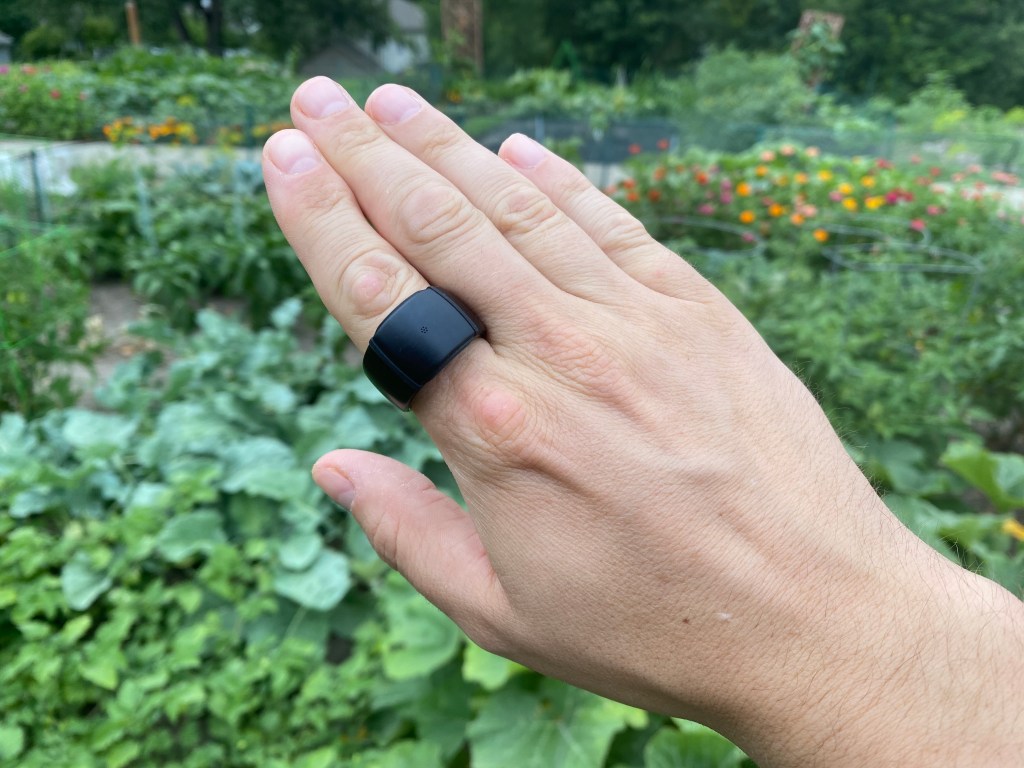
It also sometimes drops connection completely. This is a beta product, but it’s still irritating the Echo Loop loses access to the Alexa mobile app on these requests if you haven’t used it recently.
Asking your finger the same request over and over just reinforces how much easier it would be to pull your phone out of your pocket. It reminds me of the early smart watch days.
what do you use alexa on your finger for?
If you’re not already an Alexa power user, the Echo Loop may help you unlock more utility by relying on Alexa more, including:
- Creating To Do Lists
- Setting Reminders
- Using it for Shopping
- Turning on/off IoT devices like lights
- Helping you do simple math you’ve probably forgotten how to do thanks to smart devices.
Sitting on your finger all day, the Echo Loop almost dare you to come up with a reason to summon Alexa.
Ring In Your Pocket?
Echo Loop is water-resistant, so you can wash your hands while wearing the ring, but showering and swimming are not recommended. I got mine covered in ice cream at one point, because I’m apparently a gross person. After that I find myself slipping it into my pocket quite often. Fingers are super dirty!
Important note: don’t forget to put your ring back on. It’s a thing you can forget.
As this technology improves, its waterproof capacity will increase. You swim with many smart watches today, and soon you will swim wearing these rings.
Hello? This is greg’s finger. who is this?
If taking a phone call from an Apple Watch still seems strange, taking a call from your finger takes will take some getting used to.

When my phone rings now… my phone in my pocket vibrates, my watch vibrates, and my finger vibrates. There’s no way I’m going to miss the telemarketer trying to get me to buy an extended warranty on a vehicle I sold four years ago.
However, unlike taking telephone calls from smart watch external speakers, the Echo Loop doesn’t SHOUT your call for eavesdropping from anyone nearby. The design of the small speaker you hold up to your ear actually gives you much more privacy than you would expect.
Of course, most geeks like me have wireless headphones for those watch phone calls, which isn’t yet a feature here — linking headphones to your ring. But it could be in the future!
EXPECTATIONS VS REALITY

In the buildup to the Apple Watch launch, it seemed like the general public always wanted to look to pop culture and science fiction to understand how we may use a wrist-based piece of technology that made phone calls, had A.I. built in, payments, cameras, microphones and more.
“Greg Swan… pointed out that the smartwatch has been a cultural touchstone for decades. Dick Tracy, James Bond, the Jetsons, Penny from the Inspector Gadget cartoons. They all had smartwatches.
“We have this amazing dream and this cultural vision of what we expect watches to do,” said Swan, who started the discussion with a presentation, ‘Smartwatches: Past, Present and Future.’”
–What would it take for you to buy a smartwatch? Star Tribune, September 10, 2014
Therefore, we should probably go ahead and talk about Green Lantern, right?
Even if you’re not a super geek like me, you may remember the Ryan Reynolds movie (I know, I know), and that the comic superhero Green Lantern has a special ring that helps him defeat evil.
According to the DC Database, a Green Lantern’s ring, considered by some to be one of the most powerful weapons in the known universe, has the ability to affect and use fundamental forces of the known universe, including electromagnetic energies such as gravity, radiation, heat, light, and powerful blasts of concussive force…. The ring can also create fields of force formed from an unknown energy that is bound by the users’ will. The limitations of such use are the skill, knowledge and imagination of the user.
So, if you’re only basis for a smart ring of the future is Green Lantern, there are a couple similarities worth noting:
- Knowledge: the Green Lantern’s ring served as a galactic encyclopedia, giving its wearer access to all knowledge and memories before it, which is well in line with the access of Siri and Alexa to the world wide web to tell you pretty much anything you ask of it.
- Translation: Green Lantern’s ring can translate virtually any language in the universe, which is true of the Echo Loop!
- Power: Rings in the Green Lantern universe need periodic recharging, which is true of the Echo Loop. One charge lasts about a day, depending on use.
- Imagination is the Weakness: the limitations of Green Lantern’s ring include skill, knowledge and imagination, which is a nice summary of the knowledge you need of the Alexa ecosystem’s user-experience and opportunities to get the most out of your loop!
So that’s a little silly, but hey — we love our pop culture, and Green Lantern has one of the most famous smart rings of all time!
the future of smart rings: Learning from the build-up to the Apple Watch
There’s a lot we can learn from the evolution and eventual adoption of smart watches as we consider how smart rings may add value to our wearable technology lifestyle and quantified future selves.
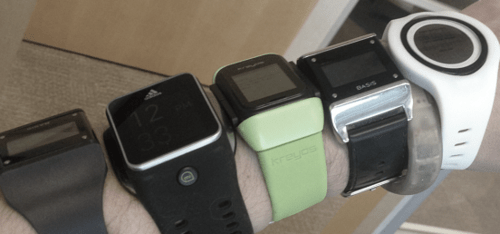
I wore a lot of activity trackers and smart watches before Apple’s watch product just dominated that category. Some tracked steps. Some tracked skin temp and activity. Some did sleep. And some had standalone GPS. Remember the Nike FuelBand?
The 2014 research that showed self-tracking products were popular for six months before they are discontinued wasn’t lost on Apple as they let others make mistakes and refined their watch products. Lots of folks have old Fitbits they no longer use.
So, Apple deliberately incorporated quantified self-tracking sensors, software and gamification into Apple Watch to maximize the benefits users will get from daily wear. They spent time and technology investment dollars to get a stand-alone cellular connection small enough and at a high enough reliability that you can now leave your phone at home and bring your music and phone calls with you. They spent time on privacy and added deep health tracking into their product. And because they couldn’t solve sleep tracking, they skipped it. For now.
And today, the Apple Watch is the most popular health tracker out there, with a staggering 55% of the market as of Q1 2020.
If you look at where the heat is around smart rings, we have to look closely at smart watches and also athletics…

Right now, NBA players are wearing the $300 Oura smart ring to help pre-indicate possible risk factors of COVID-19. The Finnish company has been around for a couple years, but its leadership saw an opportunity to both get its product into influential hands and do a real-world test of the utility and impact of ring-based smart tech may be in the short-term.
The Oura ring tracks sleep and temperature, which could potentially be critical factors in tracking the spread of COVID-19.
“We had a user in Finland who made a public Facebook post in early March, basically saying, ‘I’ve had this ring for a year, I’m an avid athlete, and normally my readiness range is 80 to 90. Then all of a sudden, I woke up one day and my score was 54.’
Axios: How the NBA’s “smart rings” work to assess coronavirus risk
He was asymptomatic, but he’d been traveling and his body temperature was a degree higher than normal, so he decided to contact the health authorities to get tested. Sure enough, he tested positive.”
Although Echo Loop doesn’t currently track personal identifiers like biorhythms and temperature, you can see where adding health data to the power of Alexa and Siri, connected to a phone (for now, and eventually stand-alone) could be really powerful.
Given the size of Amazon’s work force, you can be sure they’ll be doing some testing with their warehouse staff on all of these areas.
As this technology gets smaller and more inexpensive, there’s no question that some people who don’t like watches are prefer to wear “dumb” luxury watches may see value in smart rings. Especially if you can: make payments, unlock your home/car/computer, and keep the phone at home.
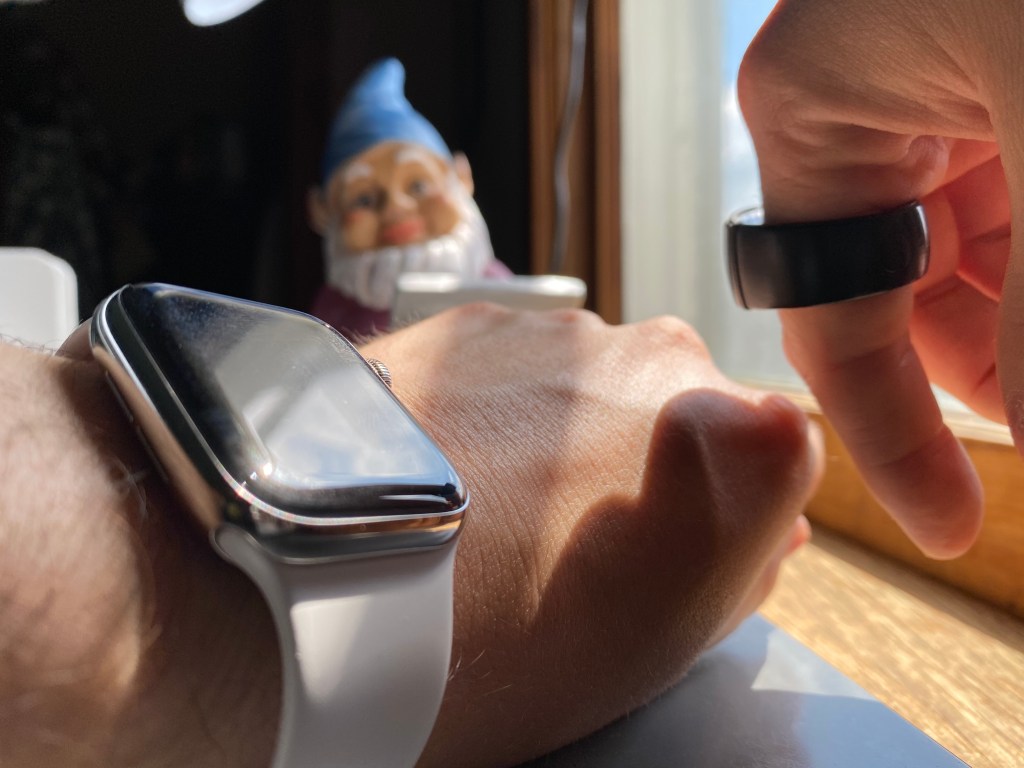
Even further out, if smart rings are further adapted, marketers will need to help brands think through their smart ring strategies. Just as we helped brands adapt their content from a website to a mobile experience, or watch-based to a voice-based Alexa experience, we’ll need to determine how content is shared on fingers, too.
Should you try to buy an Amazon Echo Loop ring? Nah.
But if you do, go into it knowing the money you’re spending isn’t a long-term investment. It’s fun to push betas and explore the edges of consumer value and behavior. If this sounds like something you would like to experiment with, you can request an invitation here.
If that’s not your thing, don’t worry. I’ll be trying whatever’s next and spending time figuring out where we’re headed next!
See you on the internet!
Greg
If you liked this, here are some of my previous takes on wearable tech and quantified self:
- 6 Things I Learned from Self-Tracking for a Year (2013)
- Your Arguments Against Smartwatches are Boring and Short-Sighted (2013)
- An exciting era for the smart watch and wrist-based content strategy (2014)
- 1980s Pager Commercial: “Your kids carry beepers?”
